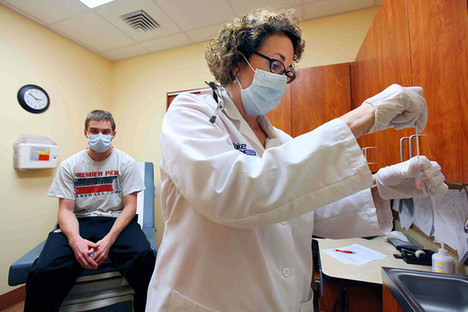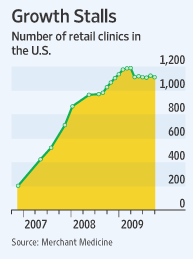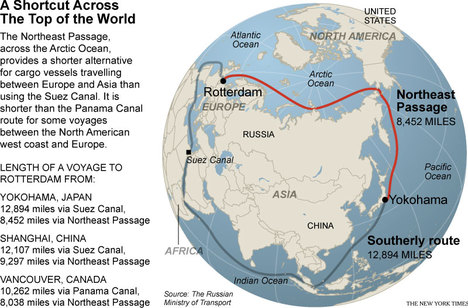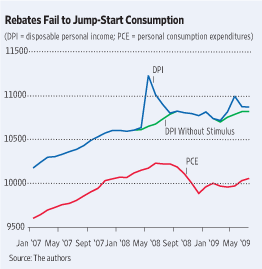(p. A23) The global recession and financial crisis have refocused attention on government stimulus packages. These packages typically emphasize spending, predicated on the view that the expenditure “multipliers” are greater than one–so that gross domestic product expands by more than government spending itself. Stimulus packages typically also feature tax reductions, designed partly to boost consumer demand (by raising disposable income) and partly to stimulate work effort, production and investment (by lowering rates).
The existing empirical evidence on the response of real gross domestic product to added government spending and tax changes is thin. In ongoing research, we use long-term U.S. macroeconomic data to contribute to the evidence. The results mostly favor tax rate reductions over increases in government spending as a means to increase GDP.
. . .
The bottom line is this: The available empirical evidence does not support the idea that spending multipliers typically exceed one, and thus spending stimulus programs will likely raise GDP by less than the increase in government spending. Defense-spending multipliers exceeding one likely apply only at very high unemployment rates, and nondefense multipliers are probably smaller. However, there is empirical support for the proposition that tax rate reductions will increase real GDP.
For the full commentary, see:
ROBERT J. BARRO AND CHARLES J. REDLICK. “Stimulus Spending Doesn’t Work; Our new research shows no evidence of a Keynesian ‘multiplier’ effect. There is evidence that tax cuts boost growth.” The Wall Street Journal (Thurs., OCTOBER 1, 2009): A23.
(Note: ellipsis added.)
A longer and much more detailed account of Barro and Redlick’s recent research on this topic can be found in:
Barro, Robert J., and Charles J. Redlick. “Macroeconomic Effects from Government Purchases and Taxes.” NBER Working Paper # w15369, Sept. 2009.








